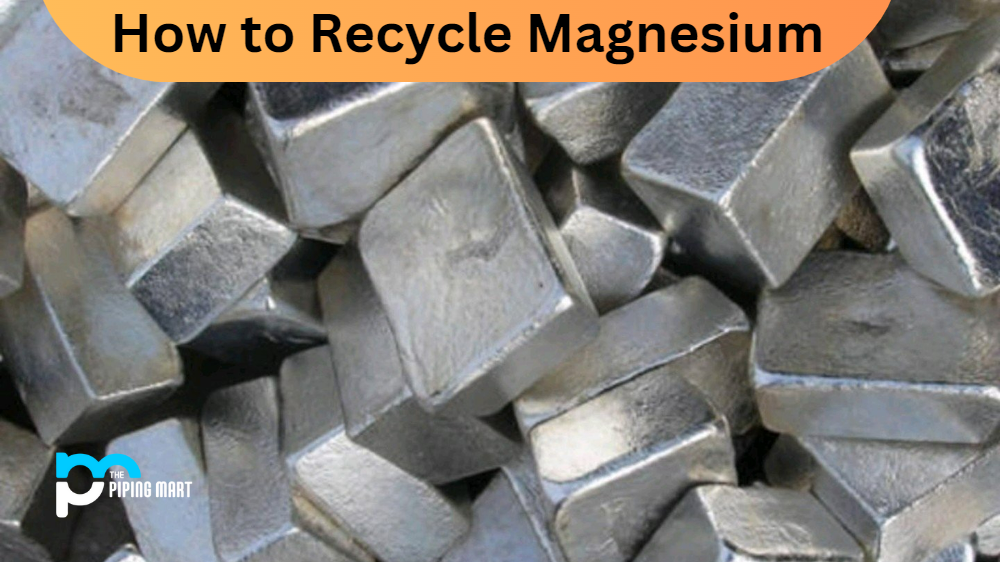If you’ve researched types of steel, you may have come across the terms “high carbon steel” and “stainless steel”. These two metals are incredibly important materials with a wide range of uses. However, they each have unique properties that make them well-suited for different applications. In this blog post, we’ll look at the differences between high-carbon and stainless steel to help you decide which is right for your project.
Difference Between High Carbon Steel and Stainless Steel
The main difference between high-carbon steel and stainless steel lies in the composition of the material. High-carbon steel is composed mainly of iron (Fe) with small amounts of other elements, such as manganese (Mn) and silicon (Si). This type of metal has a relatively high carbon content, usually ranging from 0.3% to 1.5%. As a result, it has excellent strength and durability but can be quite brittle when exposed to temperatures above 800°C (1472°F).
Stainless steel, on the other hand, is composed mainly of iron (Fe), along with chromium (Cr), nickel (Ni), molybdenum (Mo), and other elements such as manganese (Mn) or nitrogen (N). This type of metal has a much lower carbon content than high-carbon steel, usually ranging from 0.12% to 2%. The addition of chromium gives stainless steel its corrosion-resistance properties, while molybdenum helps improve its tensile strength. As a result, stainless steel is more resistant to extreme temperatures but not as strong or durable as high-carbon steel.
These differences mean that each type of metal has its unique advantages and disadvantages based on the particular application for which it is being used. For example, high-carbon steel is ideal for applications where strength and durability are key factors, whereas stainless steel is best suited for applications where corrosion resistance is more important than strength. Therefore, when choosing between these two types of metals, it’s important to consider your specific needs before deciding.
Chemical Composition
The first major difference between high-carbon and stainless steel is their chemical composition. High-carbon steel contains a higher amount of carbon, while stainless steel contains a higher amount of chromium. The carbon in high-carbon steel makes it harder than other types of steel, but it is also more susceptible to rust and corrosion. The chromium in stainless steel makes it resistant to rust and corrosion.
Hardness
One of the most important properties of steel is its hardness. Hardness is a measure of how well a material resists wear and tear. High carbon steel is much harder than stainless steel, making it ideal for applications where durability is important. However, the increased hardness also makes high-carbon steel more difficult to work with.
Strength
Another important property of steel is its strength. High carbon steel is stronger than stainless steel, making it ideal for applications where load-bearing is important. However, the increased strength also makes high-carbon steel more brittle, making it more likely to break or shatter under stress.
Cost
The final major difference between high-carbon steel and stainless steel is their cost. High carbon steel is less expensive than stainless steel, making it the preferred choice for many applications. However, the increased cost of stainless steel often pays off in terms of its increased durability and resistance to rust and corrosion.
Conclusion:
High-carbon steel and stainless steel are incredibly useful metals that can be used in various applications. When deciding which one to use for your project, it’s important to consider what qualities are most important—strength or corrosion resistance—and then choose the material accordingly. With their unique properties and advantages, either one could be ideal, depending on your specific needs!

Pipingmart is a B2B portal that specializes in metal, industrial and piping items. Additionally, we share the latest information and information about materials, products and various types of grades to assist businesses that are involved in this business.




